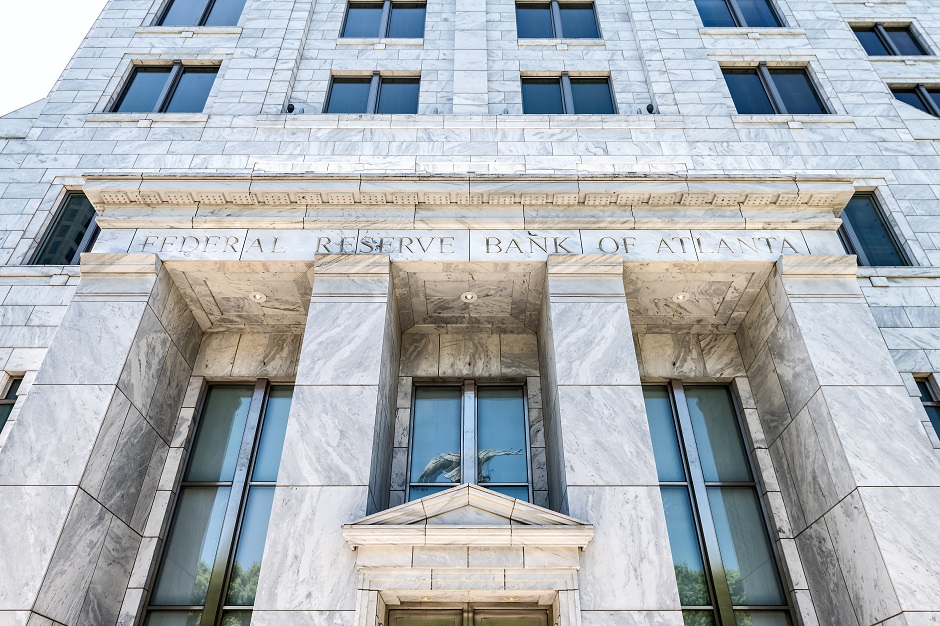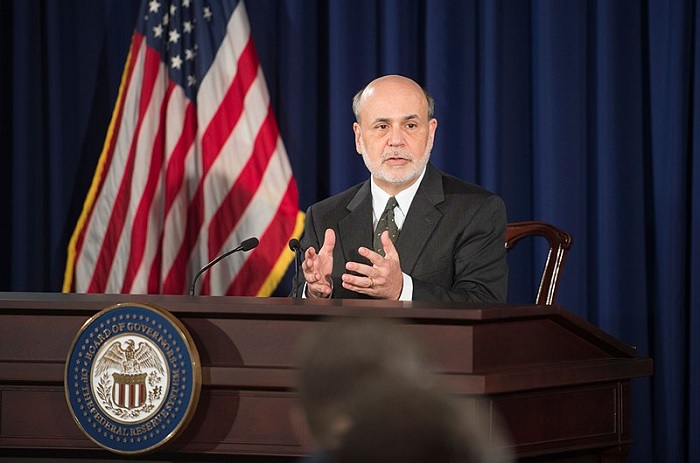economy news online news
By Yann Schreiber & Mathilde Dumazet
By awarding the economics Nobel to ex-Federal Reserve chief Ben Bernanke and two other US economists, the jury highlighted the importance of research on the role banks play in the economy, both in normal times and during crises. online news
The work that won the Nobel for Bernanke, Douglas Diamond and Philip Dybvig all date from the 1980s.
- The key role of banks –
It was in 1983 that the “Diamond-Dybvig model” saw the light of day.
The model explains how banks operate, but also why “bank runs” take place, when depositors rush to take out their deposits and the bank ends up failing.
“Despite this model being relatively simple, it captures the central mechanisms of banking –- why it works, but also how the system is inherently vulnerable and thus needs regulation,” said the Royal Swedish Academy of Sciences, which awards the Nobel economics prize.
The University of Washington St Louis, where Dybvig teaches, said the work was “one of the most widely cited papers in Finance and Economics.”
The model focuses on the essential economic service banks provide due to their intermediation role. Banks accept deposits and then lend the money, both to consumers for home mortgages and to businesses.

This role of steering funds to profitable investments is of particular value to economies.
While the system functions as long as banks earn more money from lending than they pay in interest to depositors, the system is fragile as deposits can be withdrawn quickly if confidence in a bank falters.
The bank cannot reclaim loaned money fast.
While “runs” on deposits may first happen on banks where suspicions are merited, the model showed it may expand further.
“Even fundamentally healthy banks may get into trouble if such bank runs become widespread,” noted the Academy.
The system is “vulnerable to rumours”, it added.
- Financial crises –
Bernanke’s work focused on the Great Depression in the 1930s and exposed “the importance of the credit channel for the propagation of the” crisis, the Nobel committee said.
Until then, bank failures were seen as a consequence, or best a secondary cause of economic crises.
Bernanke’s work, however, demonstrated the deep and protracted nature of the Great Depression was “in large part because bank failures destroyed valuable banking relationships, and the resulting credit supply contraction left significant scars in the real economy,” added the Academy.
- Useful for current crises –
The research by the three laureates was also “extremely valuable” to policymakers during the 2008 financial crisis and the Covid-19 pandemic, according to the Academy.
Their work showed the importance of good banking regulation.
“I think before the 2008 crisis, there wasn’t a general perception in the financial sector and in the regulatory community, that there was an unusually high vulnerability to the sector,” Diamond, who teaches at the University of Chicago, said during a press conference Monday.
economy news online news
The Academy said “the financial market panic had a dramatic effect on the real economy and gave rise to what is today commonly referred to as the Great Recession,” reaffirming the research of the three laureates.
A decade later, policymakers made sure the pandemic didn’t lead the economy to stall by a shortage of credit when the natural reaction would have been for lenders to hold back due to the heightened uncertainty.
“Central banks all over the world ensured that credit continued to flow to households and firms, preventing financial market disruptions from intensifying the economic damage,” noted the Academy.
The laureates showed “these types of policy responses are crucial ingredients for preventing bank runs and for preserving valuable credit relationships,” it added.
ys-mdz/rl/ach
© Agence France-Presse. All rights are reserved.
economy news online news
Notes from APS Radio News
Central banks can control the supply of money either by purchasing government bonds or by selling government bonds.
When a central bank, such as the Federal Reserve, purchases government bonds, it increases the money supply.
In the alternative, when a central bank sells government bonds, it reduces the money supply.
From the early part of March 2020, even in the days before the virus narrative became a major news story, the Federal Reserve embarked on a massive program of monetary expansion.
Since March 2020 to April 2022, the Federal Reserve has added nearly $5 trillion to its holdings, by purchasing each month billions of dollars of government and corporation bonds.
In the context of shortages of various goods and services, which occurred, in part, due to restrictions and closures imposed by way of the virus narrative, rapid and massive increases in the money supply increase the likelihood of higher rates of inflation, according to a number of economists.
Back in 2007, Ben Bernanke, then chairperson of the Federal Reserve, dismissed the likeihood of a recession.
Back then he had told lawmakers on Thursday the U.S. economy did not appear headed for recession, but warned growth could prove weaker than expected and inflation higher.
As a result, in part, of his policies of keeping interest rates low for a period of time, the financial crisis took place a year later.
One aspect of the financial crisis pertained to the problems associated with mortgage-backed securities.
Although many of those were rated well, in fact, many mortgagees could not continue to making monthly payments.
Many of the mortgage-backed securities fell in value, as a consequence.
In turn, institutions like Goldman Sachs had been selling those instruments, which were insured by way AIG, after it had purchased collateralized debt obligations.
As a result of the failures of both institutions, the US government expended up to $200 billion to save those institutions.
economy news online news


